Updated 2023
“HHD” is an abbreviation for “High Holy Days”, but it could just as easily stand for “Hard Holy Days.” Jews who don’t generally attend synagogue during the year will respond to a mysterious pull and come to shul for High Holy Day services. We absolutely welcome these people, yet I can’t help but think what a hard task they have set for themselves. Participating in these “Hard Holy Days” means attending services which are unusually long, whose once-a-year liturgy is unfamiliar, and whose theological ideas may be alienating, or even repellent.
The weekly Shabbat services our regular attendees experience are mostly about joy and rest and closeness with family and community. By contrast, the High Holy Day prayerbook, the machzor, is filled with themes of sin, punishment, and death.
One particularly hard prayer is U’netana Tokef, which says that we pass like sheep before G-d who will judge each of us and decide each of our fates:
“On Rosh ha Shanah, it is written, and on Yom Kippur it is sealed — who will live and who will die…who will die by fire, who by sword, who by plague…who will live in harmony, who will suffer, who will grow rich, who will become impoverished… U’teshuvah, u’tefillah, u’tzedakah ma’a’virin et ro’a ha gezera – But repentance, prayer, and giving money to charity will avert the severe decree.”
How emotionally troubling it is to read that G-d is judging us and decreeing our fate, and how difficult to think that we have so little control over our destinies. We are told that we should be filled with fear and trembling as we contemplate G-d’s judgment of us.
Hey – what if you are a good person who doesn’t really think of G-d and sin and life and death this way? Are there other ways to look at life and death that aren’t through a lens of fear and trembling? If you could find permission to slip out of this prayer’s clutches of reward and punishment, is there a way to still remain in relationship with this powerful piece of tradition?
On this interpretive journey, I’ve come to a point of being able to acknowledge both the difficulty and the beauty of U’netana Tokef. I treasure the pathos expressed here of the fragility of human life, the realization that so little is in our control. Yet I struggle with the theology — the doctrine of reward and punishment.
The payytan – the medieval (or pre-medieval) poet who composed this piyyut (hymn) was sharing a theology which may not work well for us moderns, and may even be damaging to us.
Nonetheless, the piyyut gives us a window into the theology of the payytan’s own era, a time of persecution. What might be most comforting in such a time? Perhaps to feel assured that one’s life and death (which loomed likely) were imbued with meaning. If a person was to die by the sword, it would be better to attribute that death to G-d’s decree, rather than understand, in despair, that Jews were being senselessly slaughtered by persecutors who vastly outnumbered them. As harsh as the doctrine of reward and punishment is, it was perhaps less frightening to our ancestors than conceiving of a world ruled by chance, a world without any organizing principle.
I can appreciate and be deeply moved by the payytan’s intense expression of fear and trembling in the face of the uncertainty of life, but I feel no obligation to share his theology, his supposition of how G-d works. So my advice to the good people who show up for Hard Holy Days, who open the machzor, read texts like U’netana Tokef and freeze up:
- Keep breathing.
- Remember that we don’t have to believe what the payytan believes. Judaism does not require us to hold any particular creed, worldview, or understanding of G-d.
Let me delve in further and ask — why do we think we have to accommodate ourselves to everything in the machzor (or to everything in the year-round prayerbook, the siddur)? Some prayerful expressions resonate for us and some appall us. Why does that seem almost taboo to say?
I suspect the problem may be that the machzor/siddur is a bound book. It seems so authoritative, as if its very binding says: “Within these covers are found the official thoughts a Jew should have at all times.” A prayerbook is certainly worthy of respect, but thinking that we owe it a complete allegiance is over-privileging it.
Although the machzor/siddur is the Jewish text that people have the most exposure to, many of us don’t know where it came from or how it developed. Some Jews believe the Torah to be a human-compiled collection of ancient oral traditions. Some Jews believe that the Torah was given by G-d to Moses on Mount Sinai. Yet even the most pietistic Jews acknowledge the human authorship of the machzor/siddur.
The prayerbook was written by humans for humans. It developed and grew over time. I encourage you to understand the machzor and the siddur as collections of journal entries from different people in different eras trying to work out their relationship with G-d. Try thinking of the machzor/siddur as descriptive (a diverse collection of people’s own attempts to express the ineffable) rather than prescriptive (a directive of what you should believe). In that light, I find it possible to love and be moved by the poetry and the power of U’netana Tokeyf while not adopting the payytan’s theology as my own.
If asked to write a piyyut similar to U’netana Tokeyf from my own worldview, I would draw on these themes:
- We’re not in control.
- We move forward anyway, living our lives, doing our best.
- To move forward often takes a belief in something larger than ourselves.
- Life is beautiful and mysterious and contradictory.
- Tefilah, teshuvah, tzedakah don’t really avert the decree of death, but they do make life better.
Some of us grapple with the difficult liturgical formulations of these Days of Awe. For some of us using words that have been used for hundreds of years helps connect us deeply and authentically to our ancestors. For some of us using words that are being used by Jews all over the world helps us connect deeply and authentically with K’lal Yisrael during these Days.
If you want to grapple with these difficult prayers, you don’t have to go it alone. One highly recommended resource for grappling is Rabbi Alan Lew’s book This Is Real and You Are Completely Unprepared. Rabbi Lew z”l was called the “Zen Rabbi” who brought meditation back into Judaism.
Another resource within our Kol Haneshama machzor is the excellent commentary below the line on many pages of prayer. Also be sure to note alternative and interpretative versions of some of the central prayers, including two excellent interpretive versions of U’netana Tokeyf.
And finally, dear Twice-a-Year Jews, please know that we are happy to see you whenever you come. I just wanted to let you know that there are easier and more pleasant ways to access Jewish life than the “Hard Holy Days.” Show up for a short musical Friday night service, a communal potluck in our sukkah, or a spiritual experience in nature for Outdoor Shabbat.
Much more fun!
L’shanah Tova – may you have a good and sweet New Year of learning and discovering!
Rabbi Amy Loewenthal is a 2012 graduate of the Reconstructionist Rabbinical College. She serves Congregation Ahavas Achim (JRC affiliate) in Keene, NH.
(Originally published in the Sept. 5774 issue of the CCA bulletin, Congregation Ahavas Achim’s bi-monthly newsletter)





